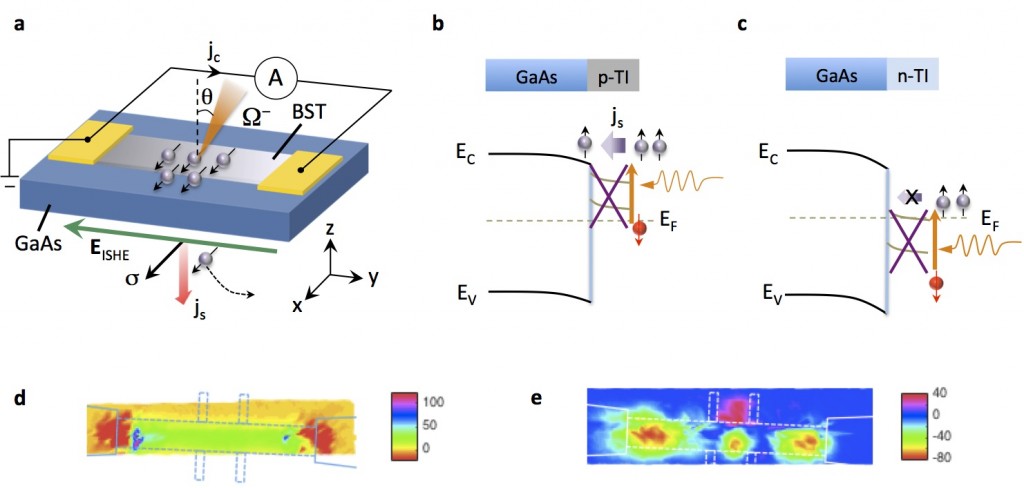Dongxia Qu (15-LW-018)
Abstract
Terahertz radiation falls in between infrared and microwave radiation in the electromagnetic spectrum. Like microwave radiation, terahertz radiation can penetrate a wide variety of nonconducting materials. The terahertz region, referred to as the wavelengths from 15 m to 1 mm, remains one of the least-developed spectral regions, although proof-of-principle experiments have advanced its potential in a wide variety of application areas including homeland security, nondestructive evaluation, detection of explosives and noxious gases, medical imaging, material characterization, and broadband wireless communications. Currently, there are three techniques for generation of broadband terahertz waves: surface-field emission from semiconductors, photo-conductive antennas, and optical rectification of ultrafast laser pulses. However, the bandwidth of terahertz emission generated by these techniques is typically limited to below 5 THz. The search for broader-band terahertz sources calls for new materials and new mechanisms. Our objective is to develop a new mechanism of broadband terahertz radiation by taking advantage of the chiral spin texture of a new quantum state-of-matter topological insulator. A topological insulator is a material that behaves as an insulator in its interior, but whose surface contains conducting states, meaning that electrons can only move along the surface of the material. We plan to generate terahertz pulses with a new world-record spectral bandwidth over 20 THz by photo-exciting spin currents in a topological insulator structure. This innovation exploits the topological insulator's unique property: the temporal evolution of spin current density, a key factor that determines the spectral response of terahertz emission, is dramatically faster than that of charge currents in conventional terahertz emitters.
We expect that our spin-based terahertz generation scheme can achieve a spectral bandwidth of over 20 THz. Such terahertz emitters will allow ultrafast, low-power operation of future spin-electronic devices and the development of coherent terahertz systems for a wide variety of applications. It is conceivable that this capability will not only maximize the bandwidth of terahertz sources, but it can also lead to new types of modulators based on topological insulators and detectors for modern terahertz science and technology. We will first develop a fundamental understanding of the ultrafast carrier dynamics and determine critical parameters of materials for the emission of terahertz radiation. A new family of materials will be synthesized, characterized, and optimized with the goal of controlling and enhancing spectral bandwidth.
Mission Relevance
The development of novel terahertz sources is strongly tied to national defense issues including defense against explosives and gases used for mass destruction, real-time monitoring of terrorist activities, and actual battlefield imaging. Therefore, our research on wideband terahertz sources supports a central Laboratory mission in national security and the core competency of advanced materials and manufacturing. In addition, it is well-aligned with the core competency in lasers and optical science and technology.
FY15 Accomplishments and Results
In FY15 we made excellent progress in terms of setting up the experimental apparatus and synthesizing and characterizing topological-insulator thin films. Specifically, we (1) completed the setup of our terahertz time-domain spectroscopy system, which is the foundation for the study of a broadband topological-insulator terahertz emitter; (2) fabricated topological-insulator thin films on various substrates and carried out the scanning photocurrent spectroscopy measurements; and (3) observed a giant spin photocurrent response in a topological insulator with a gallium arsenide heterostructure (a structure in which two semiconductor materials are grown into a "sandwich"), which will help facilitate the development of a terahertz emitter (see figure).
Publications and Presentations
Qu, D., et al, Circular photocurrent response of a topological insulator thin film probed by scanning photocurrent microscopy. (2015). LLNL-PRES-668068.






